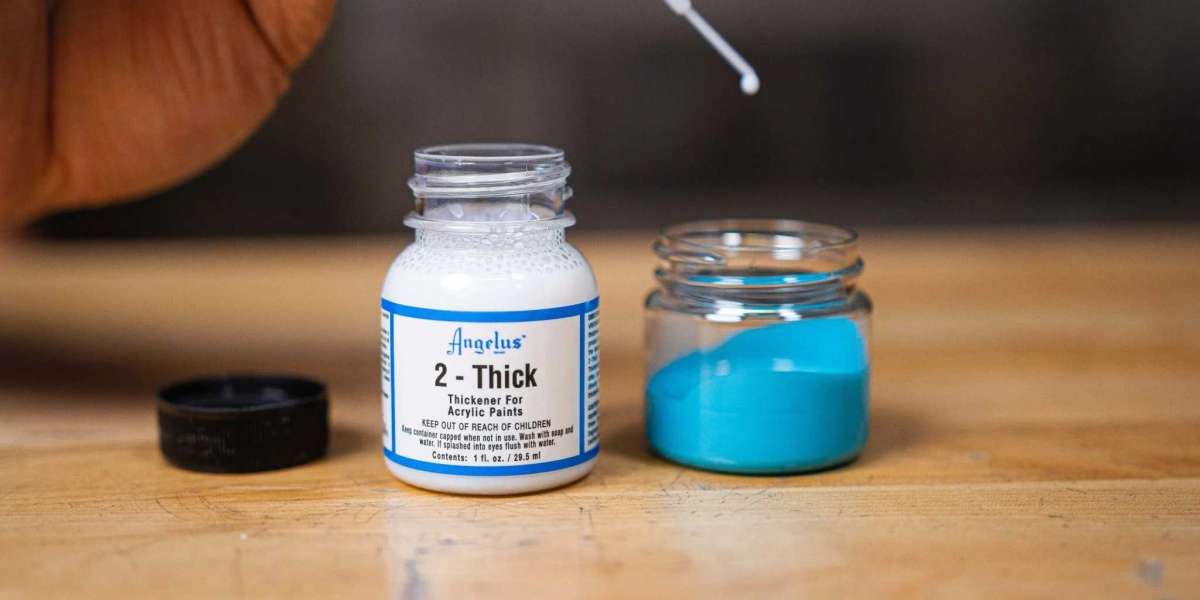Creating stunning, dynamic textures in your artwork can elevate your painting from ordinary to extraordinary. One effective way to achieve this is by using acrylic paint additives for texture. These additives allow you to modify the consistency and appearance of your paint, helping you craft unique effects that enhance your artistic expression. In this blog post, we will explore various types of acrylic paint additives and how to use them to create captivating textures in your art.
Understanding Acrylic Paint Additives
Acrylic paint additives are specially formulated substances that can be mixed with your acrylic paints to alter their properties. These additives can enhance texture, alter drying time, and improve the overall finish of your artwork. By incorporating these additives, you can achieve a range of effects—from subtle textures to bold, three-dimensional surfaces.
Types of Acrylic Paint Additives for Texture
Gel Mediums: These thick, transparent substances can be mixed with acrylic paint to create a heavy body or impasto effect. They retain brush strokes and texture, making them perfect for creating dimensional surfaces.
Modeling Paste: This heavy, paste-like additive can be applied to your canvas or surface to create substantial texture. Once dried, modeling paste can be sanded, carved, or painted over, allowing for even more creative possibilities.
Texture Gels: Available in various formulations, texture gels can produce unique surface patterns and effects. From coarse to smooth, these gels allow you to achieve a range of textures, making them versatile tools in your artistic arsenal.
Pumice Gel: Infused with finely ground pumice, this gel creates a gritty texture reminiscent of natural surfaces. It’s ideal for artists looking to add an organic feel to their work.
Sand and Grit Additives: By mixing sand or other gritty materials into your acrylic paint, you can create rough, tactile surfaces that invite touch and interaction.
Tips for Using Acrylic Paint Additives for Texture
1. Experiment with Ratios
When incorporating acrylic paint additives for texture, start with small amounts and gradually increase until you achieve the desired effect. Each additive has a different impact on the paint’s consistency, so experimentation is key.
2. Layering Techniques
Use layering to build texture gradually. Apply a base layer of paint, let it dry, and then add a textured layer using your chosen additive. This technique allows for depth and complexity in your artwork.
3. Use Different Tools
Explore various tools to apply texture. Palette knives, brushes, and even household items like sponges or cardboard can create unique patterns and effects when combined with your acrylic paint additives.
4. Consider Drying Times
Keep in mind that different additives may affect the drying time of your paint. For example, gel mediums can slow down drying, giving you more time to work with the texture. Conversely, some additives may speed up the drying process, so plan accordingly.
5. Incorporate Mixed Media
Don’t hesitate to incorporate mixed media into your artwork. Combine acrylic paint additives with other materials like paper, fabric, or found objects to create intriguing contrasts and textures.
Using acrylic paint additives for texture is a powerful way to enhance your artwork and express your creativity. By understanding the different types of additives available and employing various techniques, you can create dynamic, textured pieces that captivate and engage your audience. So, gather your supplies, experiment with these additives, and let your imagination run wild as you bring your artistic visions to life! Happy painting!







